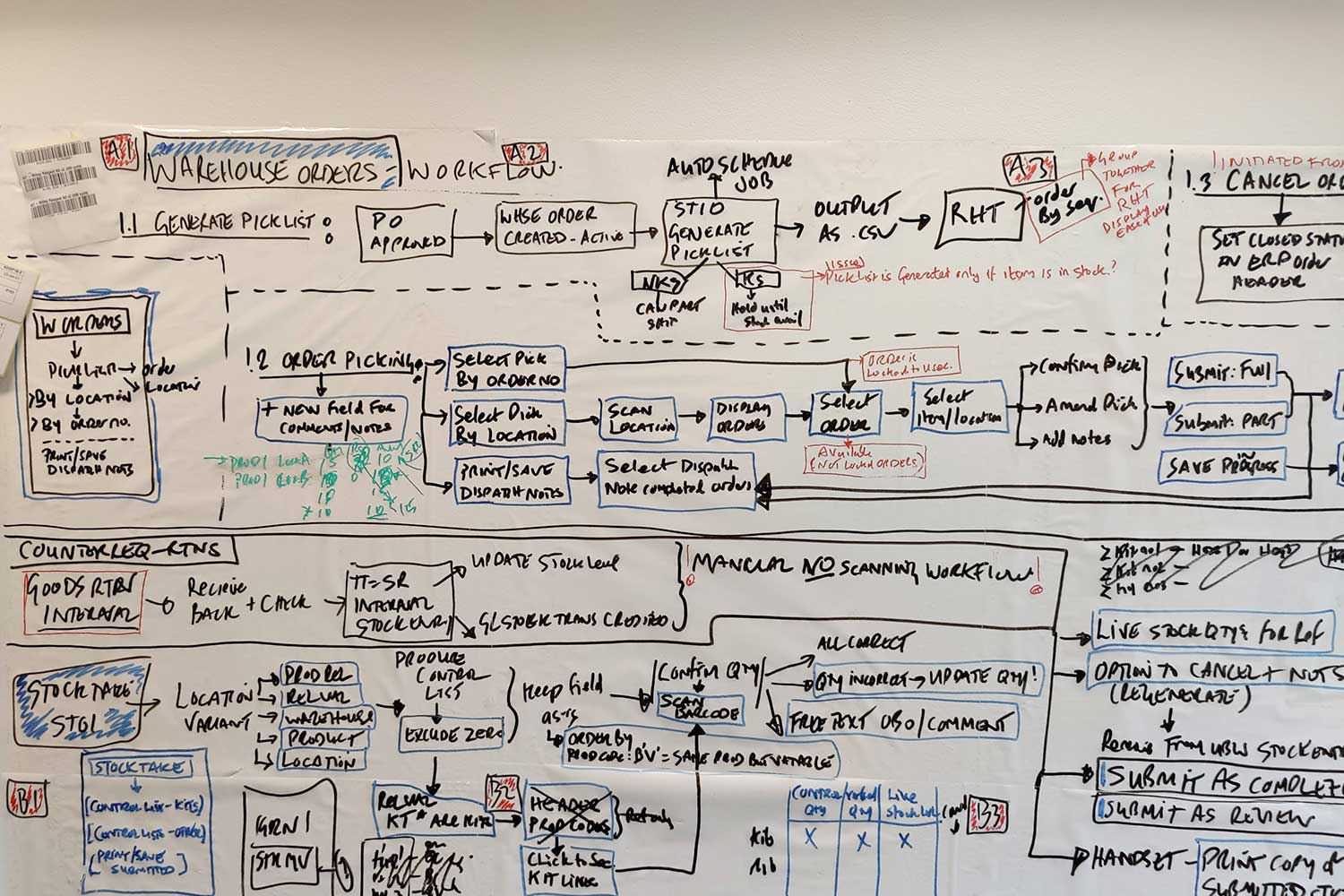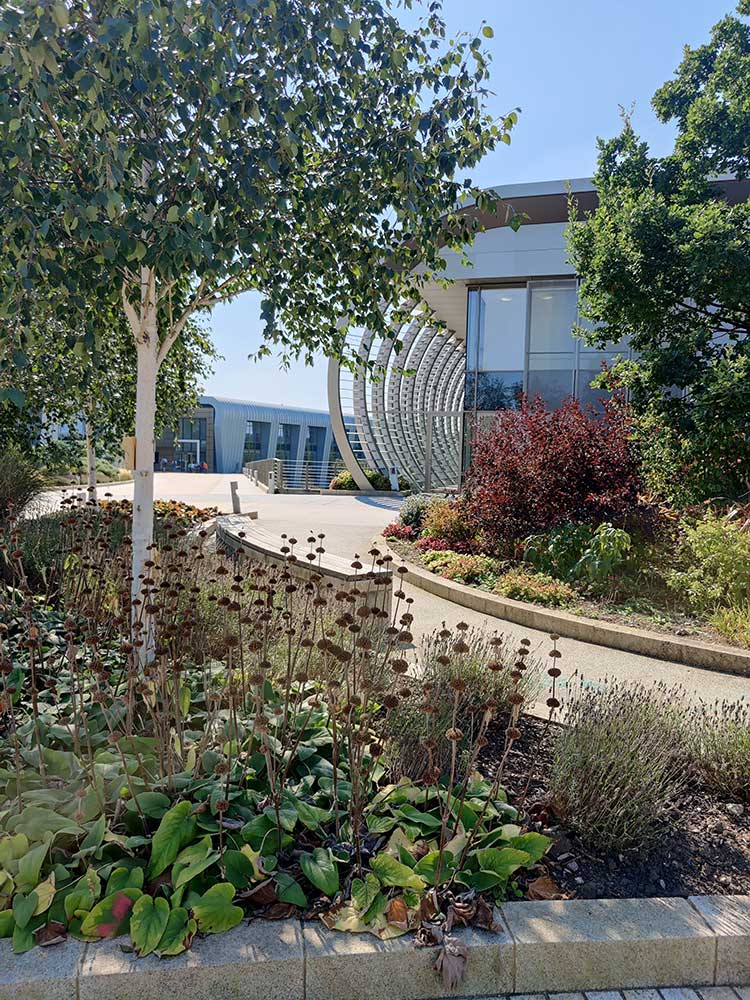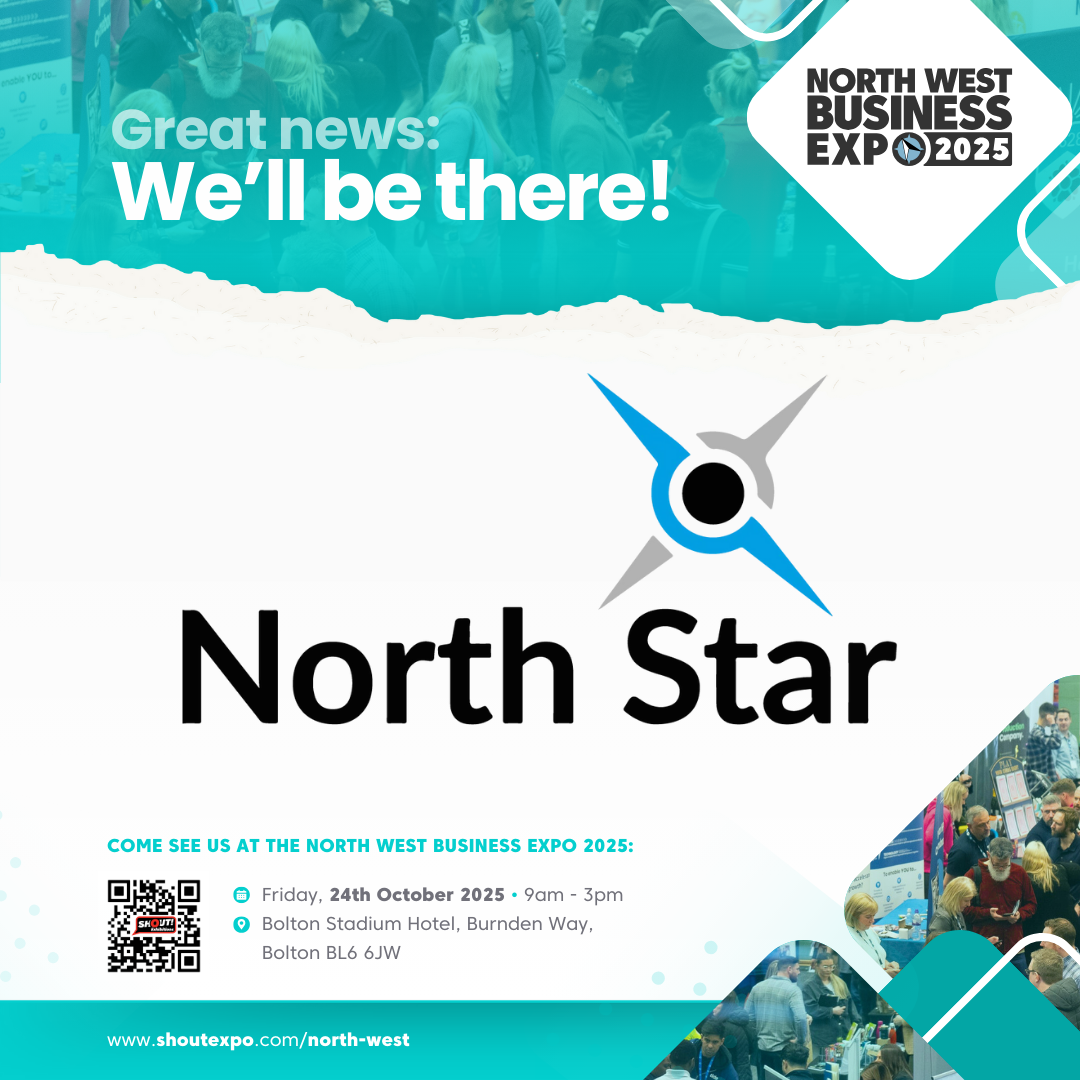Background
The Wellcome Sanger Institute —a world-renowned genomics research centre—faced escalating complexity in its material flows and warehousing operations. Originally based on a fragmented 19th-century “stores” model, the logistics system lacked the capability to support modern scientific demands. Operational inefficiencies, non-standardised processes, and reactive replenishment cycles were compromising research continuity.
In 2022, the Institute launched a transformation initiative grounded in Operational Excellence (OpEx), culminating in the creation of Wellcome Sanger Institute Logistics Support Services (SLSS). This programme aimed to design a logistics function that enabled flow, eliminated waste, and freed up scientific staff to focus on their core mission.
Challenges
1: Legacy Constraints and Non-Value-Add Activity.
- Poorly designed space with no lean zoning or material segregation
- Scientists involved in manual replenishment, detracting from value-adding research.Over 75% of material flows were unmanaged non-stock items
2: Process Disconnection and Lack of Flow.
- No standardised work or end-to-end visibility across the supply chain
- Long lead times due to manual, centralised handling of IT and lab equipment
- No ownership of continuous improvement in logistics processes
• 3: Operational Risk and Inefficiency.
- Inadequate material flow design increased the risk of delay and rework
- Ad hoc delivery management created bottlenecks and wasted effort
- Limited training and capability in materials handling
The Operational Excellence Solution
1: Organisation by Value Stream – Creation of SLSS.
- Introduced a value-stream-aligned logistics function
- SLSS became the process owner for all inbound, warehousing, and replenishment activities
- Service level expectations were set and benchmarked against healthcare logistics
2: Warehouse Flow Redesign.
- Implemented lean layout principles including cellular zoning, FIFO lanes, and cold chain segregation
- Shifted from push to pull replenishment with JIT (Just-in-Time) delivery capabilities
- Offsite inventory model introduced: 12-week buffer external, 2-week internal stock
3: Standardisation and Visual Management.
- Introduced SOPs and visual control boards for material handling processes
- All deliveries were made visible via digital tracking controlled by SLSS
- Consolidated routes reduced wasted journeys and improved scheduling reliability
4: People and Capability Development.
- Introduced material handling equipment (MHE) training to build internal capability
- SLSS staff upskilled to manage demand planning and stakeholder engagement
- Shifted culture from reactive support to professional logistics service provision
Implementation Timeline
| Milestone | Date | Outcome |
|---|---|---|
| Design Proposal Approved | March 2022 | Flow-focused redesign validated |
| Lean Warehouse Layout Implemented | August 2022 | New standard zones and flow paths created |
| MHE & Training Rollout | October 2022 | Workforce enabled with tools and standard work practices |
| SLSS Rebranding & Go Live | Late 2022 | Ownership, governance, and service identity reinforced |
| Inventory Buffer Model Finalised | Late 2023 | Aligned supply risk with OpEx inventory principles |
Results & Impact
- Flow Efficiency: Reduced lead times and material touchpoints
- Workforce Productivity: Scientists now focused 100% on core activities
- End-to-End Visibility: SLSS enabled data-driven decisions with real-time insights
- Waste Reduction: Cut non-value-add manual handling and duplication
- Cultural Change: Created a proactive, service-oriented logistics culture with embedded OpEx mindset
Conclusion
The Wellcome Sanger Institute’s transformation is a benchmark in applying Operational Excellence to scientific logistics. Through flow-focused design, structured ownership, and workforce enablement, the SLSS programme redefined logistics from a reactive cost centre into a strategic enabler of science.






















